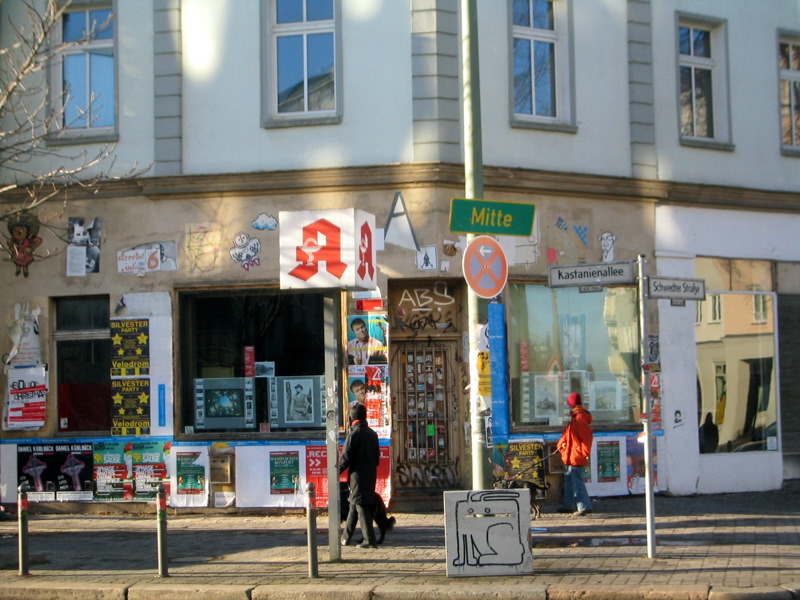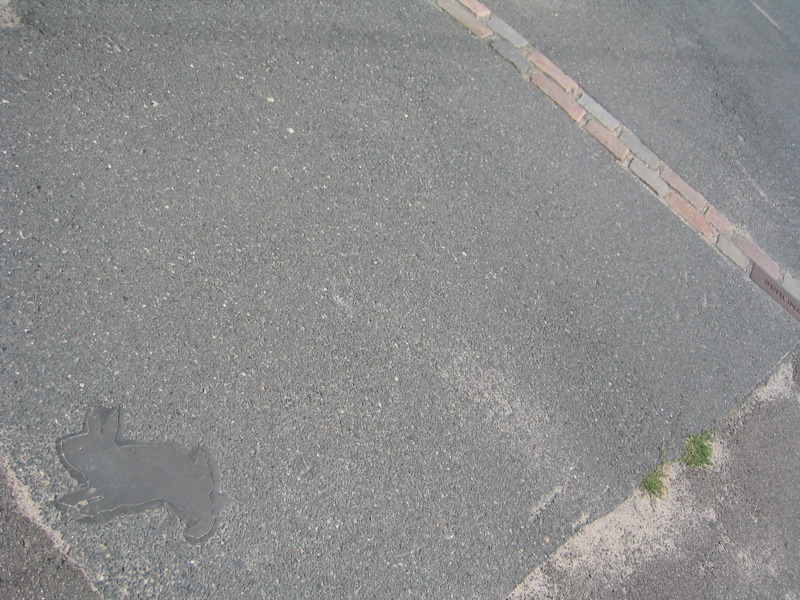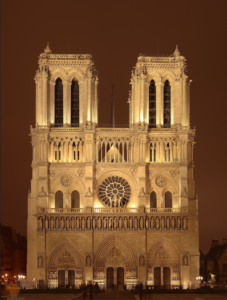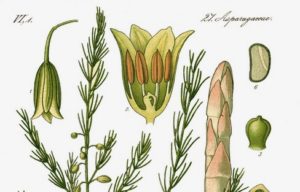イースターとうさぎ 〜Osterhase〜
ヨーロッパでは一般的なイースターのお祭りも日本ではそれほど馴染みがない。
イースターエッグのタマゴは生命誕生の象徴で、うさぎは多産である。このことから、生命の復活と繁栄を祝うイースターのシンボルとなっているそうだ。
さて、そんなうさぎ繋がりで今日はベルリンのヴェディング地区で見つけたある「うさぎ」について少し書いてみよう。
写真のストレージアプリのFlickerを以前使っていて、一時期うさぎのモチーフを集めていたことがある。

どうしてうさぎだったかというと、モスクワの友人に何かのきっかけでzaichikというニックネームで呼ばれたからだったように思う。

うさぎの落書き、うさぎのモチーフ、うさぎの、、、あれ?なぜこんなところにうさぎが!?

と、偶然ベルリンを歩いていて歩道に見つけたのが、こちら。画面右上のベルリンの壁跡のそばにうさぎのモチーフがアスファルトの歩道に埋め込まれている。
このうさぎのシンボル、もう見つけたのはずいぶん前になるが、先日フェースブックを見ていると、このうさぎについての記事が流れてきた。
ベルリン在住のアーティスト、カーラ・ザクセ(Karla Sachse)による「うさぎの原っぱ」”Kaninchnefeld”という作品。1999年にヴェディング区とミッテ区の間に設けられていた国境検問所のあったショセー通り(Chauseestraße)に作られた。
この検問所はDDRによって設けられ、通行証を所持していない者は通過できない場所だった。壁と壁の間に存在した無人地帯では、地面に穴を掘って侵入した野ウサギたちが平和に暮らしていたというのである。
ベルリンの壁の存在と無人地帯をうさぎの視点で見せたショートフィルムのトレーラーがあったので、ご参考までに。
The untold story of wild rabbits which lived between the Berlin Walls. For 28 years, the Death Zone was their safest home. Full of grass, no predators, guards protecting them from human disturbance. They were closed but happy. When their population grew up to thousands, guards started to remove them. But rabbits survived and stayed there. Unfortunately one day the wall fell down. Rabbits had to abandon the comfortable system. They moved to West Berlin and have been living there in a few colonies since then. They are still learning how to live in the free world, same as we – the citizens of Eastern Europe.
Rabbit à la Berlin / Królik po berlińsku / Mauerhase
ベルリンの壁が崩壊し、無人地帯が消滅することで、野うさぎたちも住処を失ってしまう。気まぐれな政治に振り回されるのは人間だけではなかったのだ。
壁の記憶を忘れないようにと、ウサギのモチーフを道路に刻んだアーティスト。とても好きな作品だ。
参考サイト:
Das Kaninchenfeld: Langohren zum Nachdenken
Kaninchenfeld.de
Rabbit à la Berlin

